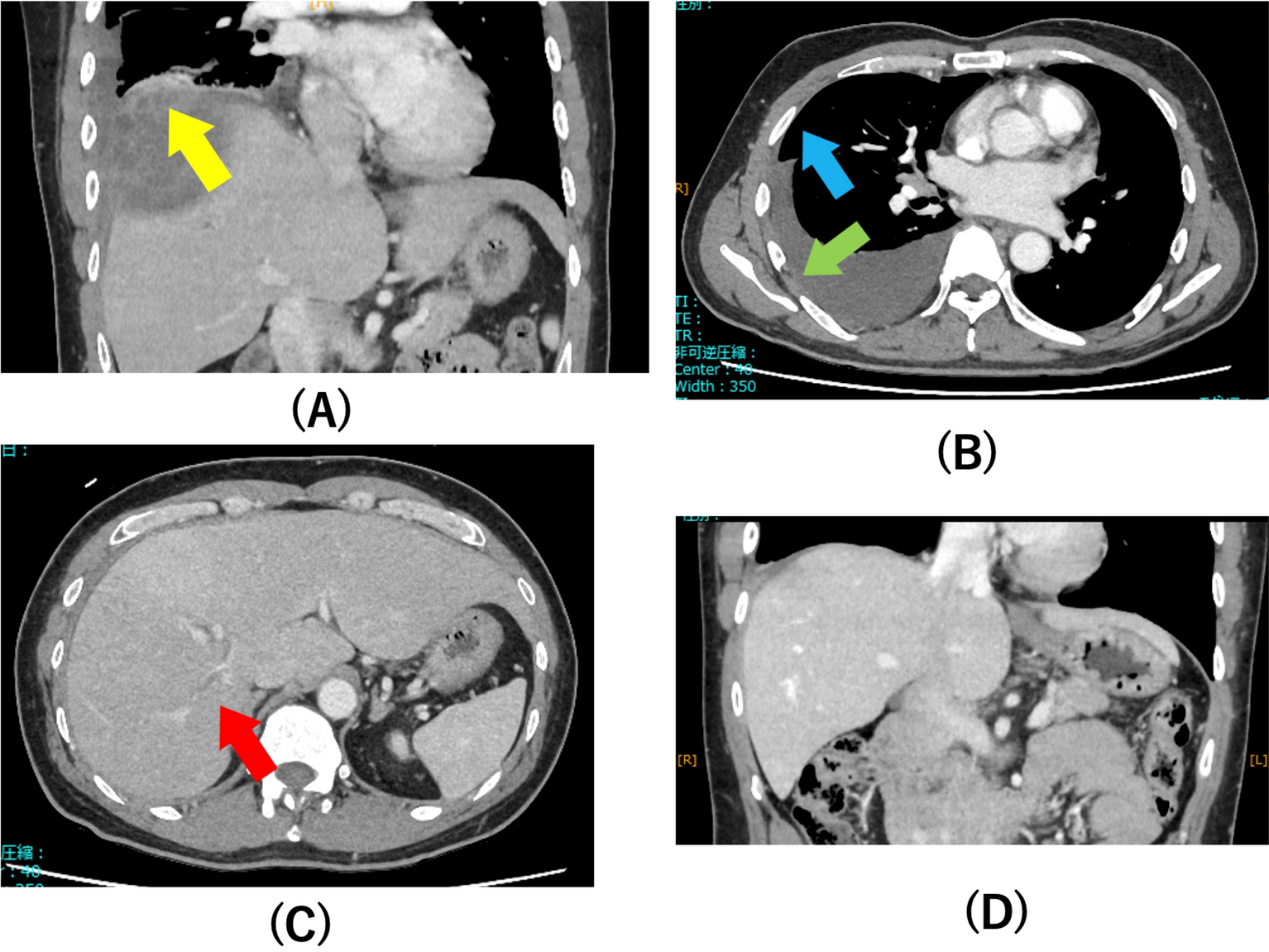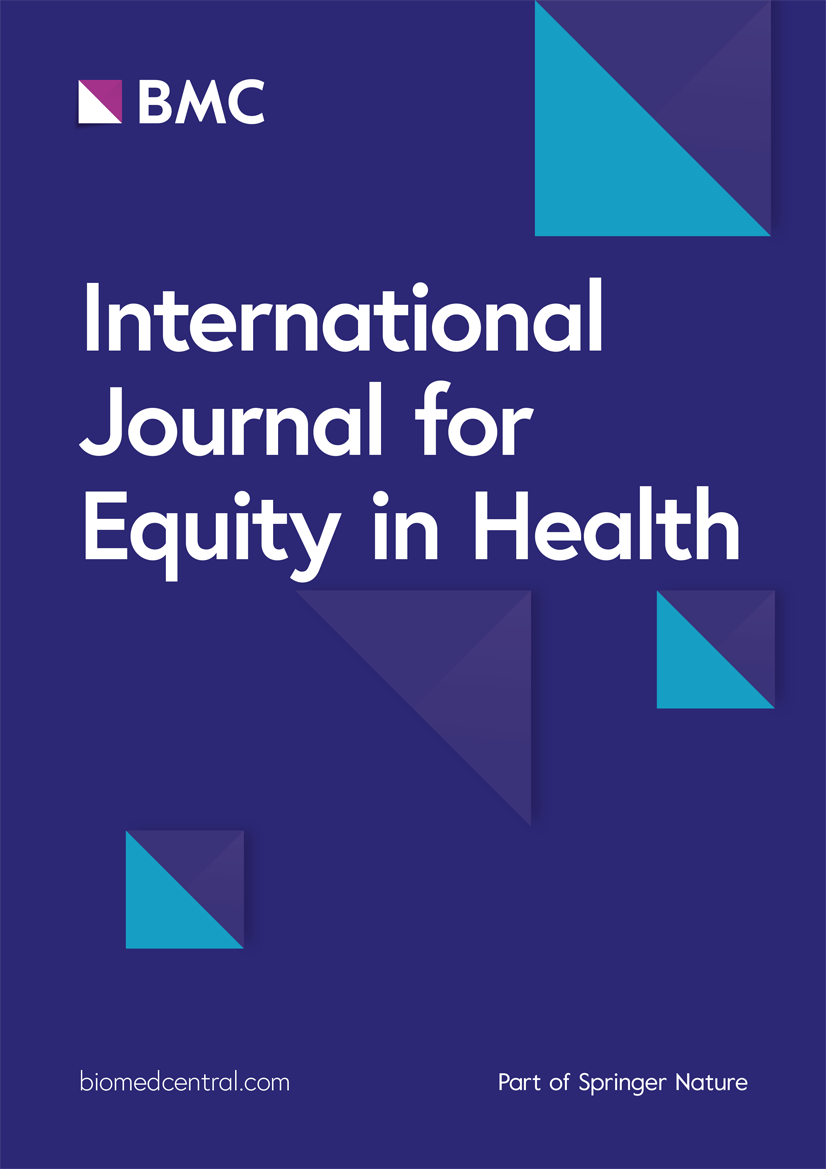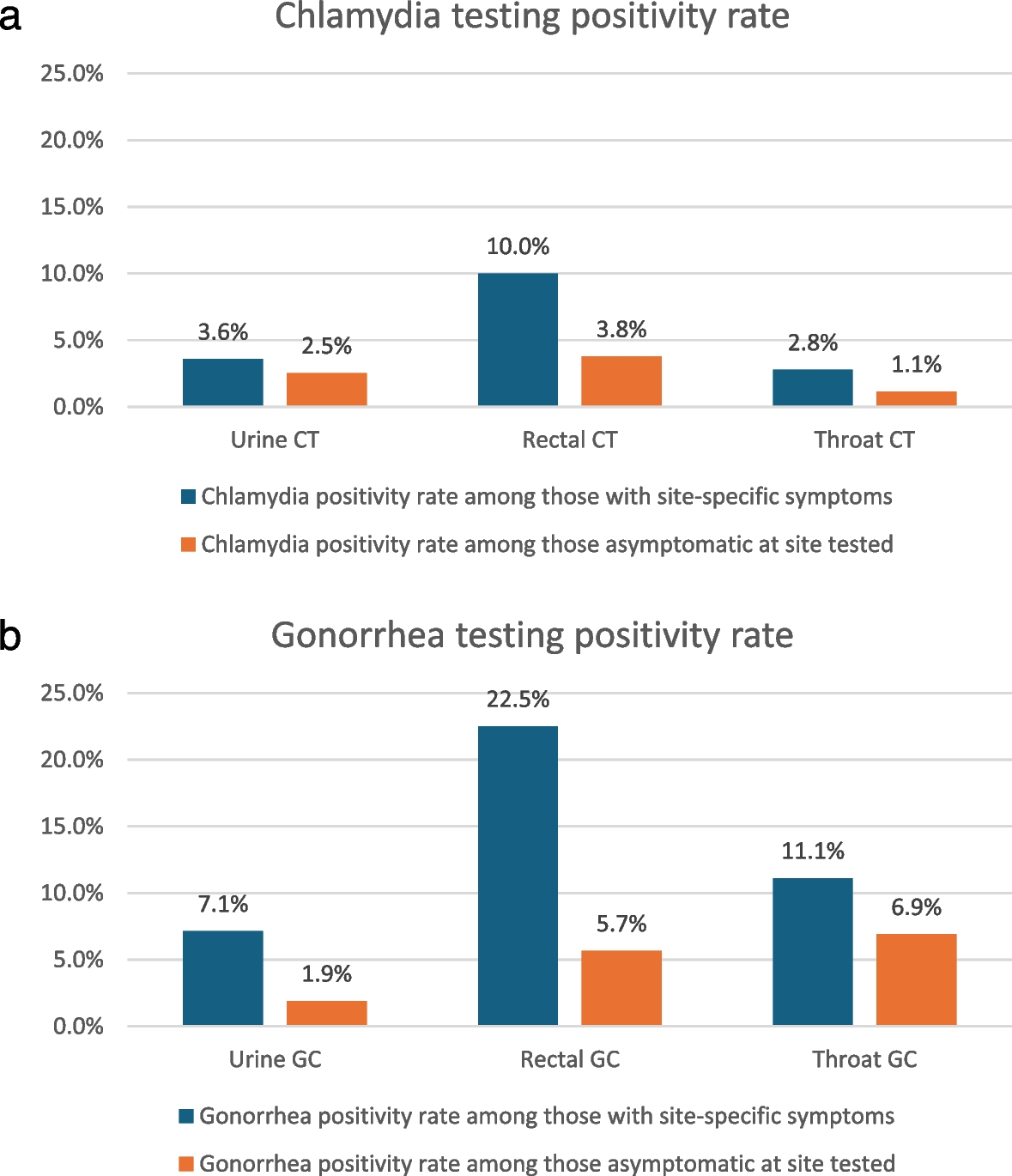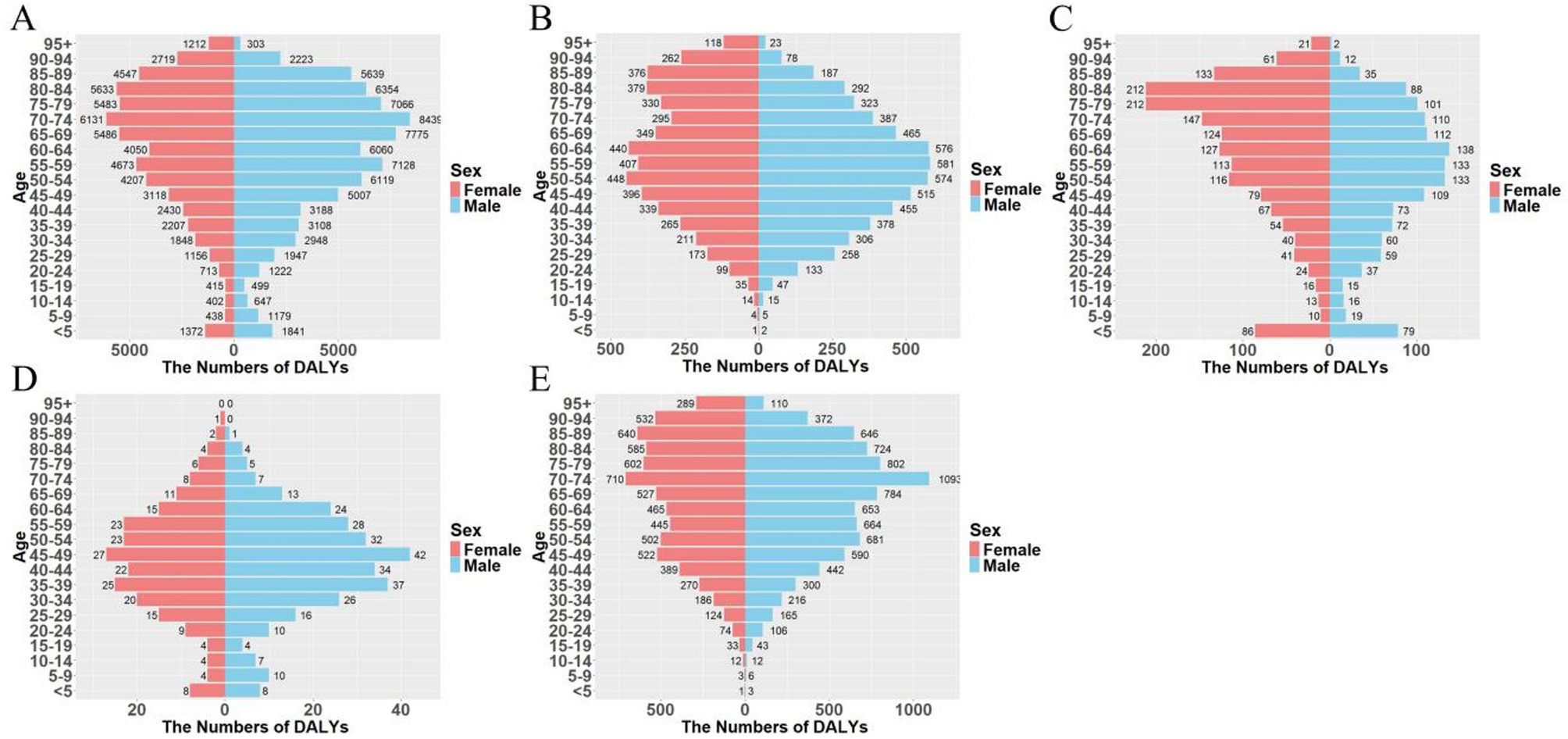Dragons RFC can confirm centre Fetuli Paea faces an enforced spell on the sidelines after undergoing surgery.
Tongan international Paea suffered a fracture during the BKT United Rugby Championship fixture with Hollywoodbets Sharks at…

Dragons RFC can confirm centre Fetuli Paea faces an enforced spell on the sidelines after undergoing surgery.
Tongan international Paea suffered a fracture during the BKT United Rugby Championship fixture with Hollywoodbets Sharks at…

A 40-year-old bisexual Japanese man presented to our emergency department with pain in the right shoulder and right upper quadrant of the abdomen. Two weeks before presentation, he experienced severe right shoulder pain and consulted a local…

As an account executive at Convene Hospitality Group, I’ve had the opportunity to closely observe the UK’s meetings and events industry over the past few years. Artificial Intelligence (AI) is changing the game for event professionals everywhere by automating tedious, manual work and introducing unprecedented efficiency. AI is more than just a buzzword; it’s rapidly becoming an indispensable tool for event planners and event producers.
The technology is helping planners move past spreadsheets and onto more strategic tasks. This pervasive influence necessitates a deeper understanding of AI’s capabilities, so here are some practical uses for event and meeting planning around the globe.
From small corporate meetings to large international conferences, AI is enabling an unprecedented level of efficiency, personalisation, and insight. AI algorithms are revolutionising event management by automating intricate operational processes involved in organising and executing events of all scales.
AI technology is actively reimagining how we plan, execute, and experience events across the industry. Event planners can leverage AI in the following ways to create faster, intuitive, and highly personalised environments for meetings, events, and flexible workspaces. I’m happy to say, the era of tedious, manual tasks is coming to an end.
The collective impact of these AI-driven optimisations for event planning is a significant enhancement in overall efficiency and a notable reduction in conflicts. This is particularly vital for large-scale events such as trade shows, which often involve an intricate web of exhibitor arrangements, diverse presentation schedules, and numerous concurrent activities.
One of the primary benefits of AI in this domain is its ability to optimise room scheduling. AI can efficiently allocate the most suitable spaces to prevent overbooking or underutilisation, but also ensure a smooth flow for attendees moving between sessions. AI algorithms also excel at optimising staff scheduling. It can consider individual staff skills, availability, and the specific needs of different event areas (e.g., registration, technical support, catering) to create highly efficient work rosters. This minimizes staff idle time, reduces burnout, and ensures that critical areas are adequately covered, leading to a better experience for both attendees and staff.
Beyond personnel, AI also plays a crucial role in equipment deployment. From audio-visual setups to staging and networking infrastructure, AI can determine the optimal placement and quantity of AV equipment needed for an event. This helps reduce logistical complexities, minimize equipment shortages or surpluses, and ensure that all technical requirements are met precisely when and where they are needed.
In the pursuit of more efficient event planning, predictive analytics, powered by AI, can analyze historical data, including past attendance figures, registration trends, seasonal variations, and even external factors, such as holidays or local events. AI algorithms can accurately forecast attendance numbers for upcoming events.
This highly accurate forecasting capability allows planners to move beyond educated guesses and instead make data-driven decisions that significantly reduce waste. For instance, knowing with a high degree of certainty how many attendees to expect empowers planners to order precise quantities of catering and prevent over-ordering of event materials, such as brochures, name tags, or promotional items. By avoiding over-ordering, event organizers can significantly reduce costs associated with surplus food, materials, and event staffing.
Forget endless phone calls and site visits. AI-driven platforms can analyze your event requirements against vast databases of venues, providing tailored recommendations in minutes. This is particularly valuable in a highly competitive and dynamic market like London, where finding the perfect fit can be a challenge — and knowing where to look is only the beginning. These sophisticated systems can analyze a comprehensive set of event requirements, including desired capacity, precise geographical location, specific amenities, and allocated budget.
The ability of AI to sift through countless options, identify optimal matches, and present actionable insights liberates event planners from tedious manual research, allowing them to focus on the more strategic and creative aspects of event execution. This not only streamlines the initial venue selection but also contributes to overall cost savings and a more efficient allocation of resources, ultimately leading to more successful and impactful events.

The dramatic shift in post-pandemic preferences has emphasized the need for more engaging and personalized in-person experiences. AI’s capabilities allow for a depth of understanding and a responsiveness that enhance traditional production approaches.
AI has the ability to revolutionise attendee engagement and satisfaction at events. For example, imagine a participant at a UK tech conference receiving a personalised agenda, crafted by AI using their registration data and indicated goals for the event. It could highlight the most relevant sessions and speakers, leading to a more impactful experience.
AI-powered question-and-answer tools offer immediate assistance to attendees by answering frequently asked questions regarding venue directions, session schedules, or local transportation options in real-time. Its role is becoming increasingly indispensable in crafting tailored journeys that move beyond generic interactions to create impactful meetings, events, and gatherings. This allows human staff to concentrate on more intricate, personalized interactions.
AI algorithms offer a solution for enhancing the networking potential of corporate conferences and larger meetings. By intelligently matching attendees, these algorithms transcend the limitations of traditional, often random, networking methods. They analyze professional profiles, including areas of expertise, company affiliations, roles, and even specific project interests, alongside stated professional objectives for attending the event.
This data-driven approach allows for the creation of highly relevant pairings, connecting individuals who share common goals, complementary skills, or potential for synergistic collaboration. The result is a more meaningful and productive networking experience, moving beyond superficial introductions to foster genuine connections.
For organizations, this translates into increased opportunities for deal-making, knowledge exchange, and the formation of strategic partnerships that might otherwise remain undiscovered. The strategic application of AI for measuring a return on investment when event planning transforms large, potentially overwhelming gatherings into highly efficient networking ecosystems, maximizing the return on investment for both attendees and organizers.

The integration of intelligent technologies can make spaces more efficient, sustainable, and user-friendly. AI-powered systems can monitor and control lighting, heating, and cooling based on real-time occupancy levels. Using real-time occupancy levels, these systems can dynamically adjust building conditions, ensuring optimal comfort while minimizing wasted resources. This leads to significant energy savings and reduced operational costs, aligning perfectly with the UK’s growing focus on sustainability.
For instance, in a large office building, AI can detect when a conference room is empty and automatically dim the lights and reduce the HVAC output for that specific zone. Conversely, as people enter and the room becomes occupied, the system can seamlessly restore the lighting and climate to a comfortable level. This granular control, based on actual usage rather than rigid schedules, leads to significant energy savings.
AI-driven translation tools are facilitating seamless communication at international conferences. This real-time language translation capability is crucial for overcoming language barriers for both attendees and speakers. AI tools can translate speakers in real time or allow attendees to speak one-on-one when language barriers persist. While tools still have a way to go to eliminate awkward delays, many companies are pioneering faster and more reliable translation tools with each passing year.
AI also enhances accessibility for attendees with hearing impairments or those who prefer to review content after a demonstration. It can generate instant captions for live presentations and comprehensive transcripts of sessions without adding tasks for event planners to perform.
Implementing AI isn’t without hurdles, as I have seen firsthand when planning events in the UK. Here are some of the top challenges when using AI for event planning.
As part of CHG, I am optimistic about how AI could benefit the meetings and events industry. CHG is acutely aware of the necessity to protect the privacy and security of our brand and clients while the reach of AI tools continues to expand and adapt. I believe AI is not a replacement for the human touch but a tool to support and challenge.
I’ve witnessed how CHG is committed to exploring AI-powered solutions that empower our clients to increase efficiency, deliver unparalleled experiences, and gain actionable insights. I’ve already leveraged CRM tools with built-in AI to better understand client needs and streamline my outreach. This firsthand adoption gives my team insight into the practical benefits and considerations for our clients.
The future of meetings, events, and conferences in the UK is undeniably intertwined with AI. As a member of the events industry, I believe embracing this technology isn’t just about staying competitive; it’s about unlocking new levels of creativity, efficiency, and impact. I’m committed to building events that are smarter, more engaging, and leave a truly lasting impression.

Listen now on Apple, Spotify or YouTube
In This Edition
– The state of China’s games market
– FTC kicks Xbox while it’s down
– European game charts
Hello! And welcome to another edition of The Game Business Newsletter and Show.
This week we have…

The Tony Award-nominated actor originated the musical’s title role in spring 2024, and he will replace current star Ryan McCartan beginning in November.
Welcome back, old sport! Jeremy Jordan will return to The Great Gatsby on Broadway this fall,…

As MTX continues to play a central role in the treatment of various malignancies, the balance between its therapeutic efficacy and potential toxicity must be carefully managed. Delayed MTX clearance is associated with an increased risk of AEs,…

Created by the Latin American Center for Perinatology (CLAP), the multicentric MUSA (Mujeres en Situacion de Aborto/ Women in Abortion Situation) Network promotes and improves care for abortion in Latin America and the Caribbean [15]. This network includes several hospitals, the sentinel centers, that might send frequently data registered in the Perinatal Computerized System (SIP), a CLAP software, that record data related to pregnancy and epidemiological monitoring. Our institution, the University of Campinas Women’s Hospital (UNICAMP), a tertiary referral hospital located in an urban setting in southeast Brazil, for cases of complications related to pregnancy in municipalities in the region and experiences an average of 250 births and 20 cases of first trimester pregnancy loss per month and has been a sentinel center of the CLAP MUSA-Network since July 2017.
The protocol of the CLAP MUSA-Network and specific methodological details for implementation of the research proposal are published elsewhere [15]. Briefly, each sentinel centers of the CLAP MUSA-Network regularly provide data on maternal morbidity in abortion, miscarriage and early pregnancy loss, methods of uterine evacuation, abortion-related complications, postabortion contraception. In addition to enable epidemiological monitoring and compares clinical changes patterns over time, representatives from all sentinel centers attended regular webinars with scientific topics to promoted changes in local context and includes evidence-based interventions that are required and recommended by WHO to improve women’s care and encourage good clinical practices for safe abortion.
The Brazilian Ministry of Health’s Technical Care Manual for abortion management that are used in health facilities recommends PAC’s provision and counseling [16]. The clinical practice in our institution follows the Eligibility Criteria established by WHO [1, 17] and all medical staff members, including medical residents in gynecology and obstetrics and the assistant doctors, had technical standards and training curriculum to insert IUDs, including in postabortion care. Registered nurses or others healthcare professionals were not allowed to perform IUD insertion, since the Brazilian Ministry of Health, in 2019, decreed that the insertion of IUDs is a medical task and therefore must only be the responsibility of physicians [18]. The recommends.
Throughout the pandemic, various clinical meetings were conducted by the MUSA team to ensure that the medical team started immediately PAC counseling during hospital admission. Thus, in 2021, a theoretical-practical in-person training was held, aimed at obstetricians and gynecologists, reinforcing the Medical Eligibility Criteria for postabortion IUD use [1, 17] (both copper-bearing IUDs [Cu-IUD] and levonorgestrel-releasing IUDs [LNG-IUD]) e reassure the insertion technique and the technical standards. Informative posters were displayed inside the operating room and in the nursing station. Additionally, explanatory materials were made available to the professionals both electronically and physically.
This cross-sectional prospective study was conducted between July 2017 and November 2022. All women admitted to our institution for postabortion care (induced abortion for any legal reason and others postabortion circumstances, as miscarriage and early pregnancy loss) and with their data inserted in the the SIP-Abortion database were included. The exclusion criteria were bleeding during pregnancy with no confirmed abortion and ectopic or molar pregnancies. Recording SIP data are collected through in-person interviews with women before hospital discharge and with revised medical records. All participants provided written informed consent and for the minors and their legal guardians, both provided informed assent and consent, respectively. The Research Ethics Committee of our institution (CEP UNICAMP) approved the study protocol (approval number: 93060618.9.1001.5404).
Before hospital discharge, the women were counseling about the available contraceptive methods in the institution (combined oral contraceptives [COCs] progesterone-only pills [POPs], combined injectable contraceptives (CICs), depot medroxyprogesterone acetate [DMPA] injectable, copper-bearing IUDs [Cu-IUD] and levonorgestrel-releasing IUDs [LNG-IUD]). The condoms and others barrier methods were offered for all women to prevent sexually transmitted infection.
For the present analysis, the dependent variable was IUD insertion after uterine evacuation and before hospital discharge in cases of spontaneous abortion or legal termination of pregnancy. The contraceptive methods were analyzed individually as oral contraceptive (COCs and POPs), injectable (CICs and DMPA), and intrauterine device [IUD] (Cu-IUD and LNG-IUD]). The independent variables were clinical and sociodemographic characteristics: abortion (legal; spontaneous), age (< 20 years; ≥20 years); literate (elementary or higher; no education); living alone (yes; no); previous births (0; 1; ≥2); previous abortions (0; 1; ≥2), planned pregnancy (yes; no), pregnancy resulting from contraceptive failure (yes; no); history of gender-violence (yes; no), presence of vulnerable factor ( woman were classified with none, one, two, or three or more less favorable social factors, according to the Commission on Social Determinants of Health [19]: being under 20 years of age; having studied at most up to elementary level; having a history of gender-based violence, living alone, unplanned pregnancy), uterine evacuation (yes; no); type of uterine evacuation (medical abortion, dilatation and curettage [D&C] and manual vacuum aspiration [MVA]), period of admission for abortion, (pre-pandemic: until March/2020; pandemic: since March/2020).
A descriptive analysis of the data was performed. Continuous variables were assessed as mean, standard deviation, median, minimum, maximum, and quartiles. For categorical variables, the relative frequencies were calculated. A Cochran-Armitage trend test with was used to evaluate the change in the trend in the occurrence of the outcome variables. To evaluate the association between IUD insertion and the independent variables, a logistic regression model was adjusted, with the significance of the coefficients assessed by the p-value, obtained through the Wald statistics associated with each parameter, as well as the confidence interval. The level of significance assumed was 5%. The software used for the analyzes was R version 4.2.1 (2022-06-23), Vienna, Austria [20].

This study was approved by the Columbia University Irving Medical Center Institutional Review Board, with a waiver of informed consent. This study was approved through the Committee for the Protection of Human Subjects at UTHealth,…
You don’t have permission to access “http://www.cpsc.gov/Recalls/2026/Generic-Magnetic-Ball-Sets-Recalled-Due-to-Risk-of-Serious-Injury-or-Death-from-Magnet-Ingestion-Violates-Mandatory-Standard-for-Toys-Sold-on-Amazon-by-Ritons” on this server.
Reference #18.dbb31402.1760016844.60e684f
https://errors.edgesuite.net/18.dbb31402.1760016844.60e684f

This study identified significant disparities in the burden of IBD across five East Asian countries, with a distinct correlation between these variations and each country’s socioeconomic development level (SDI) level. Through comparative…